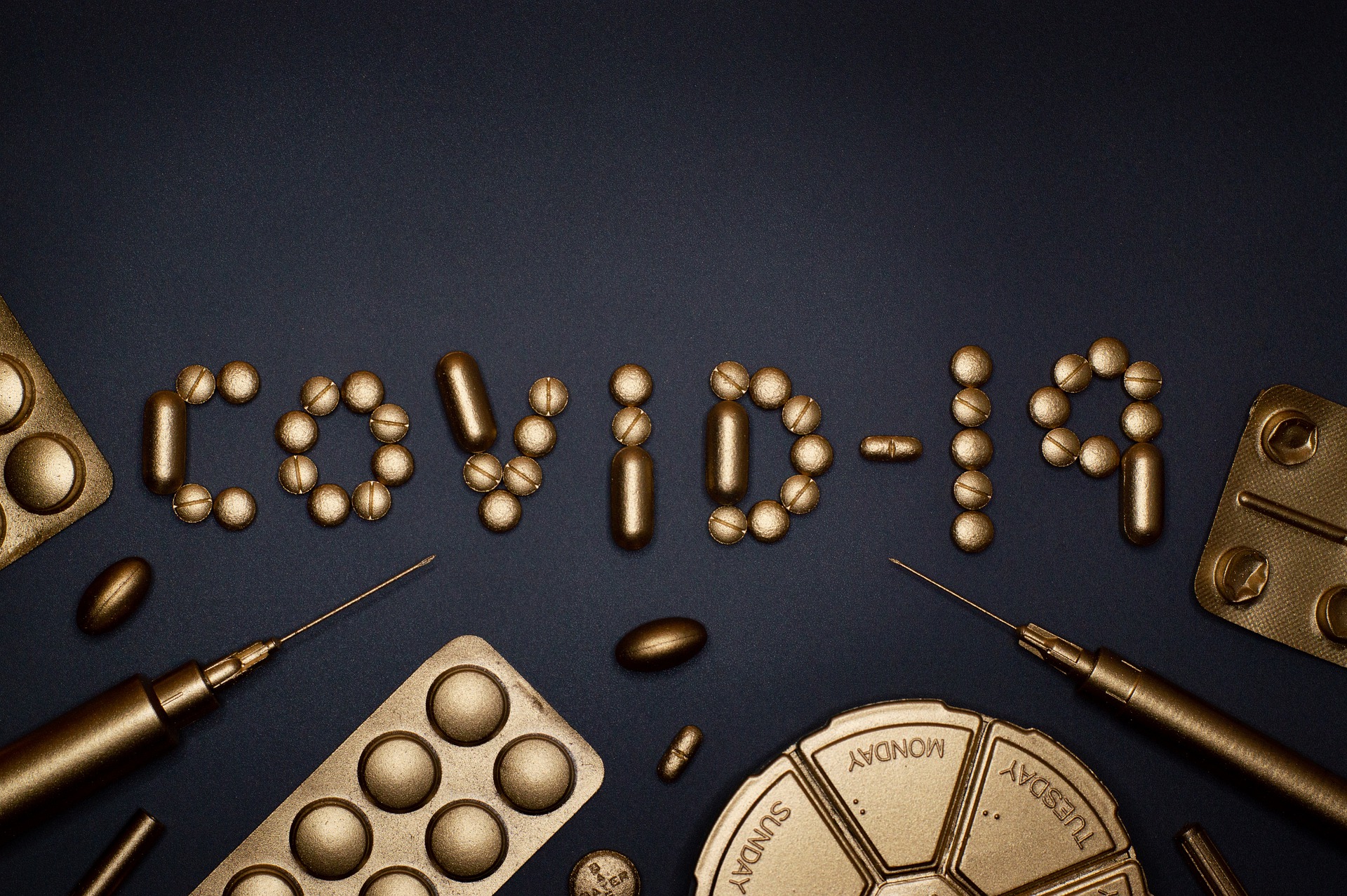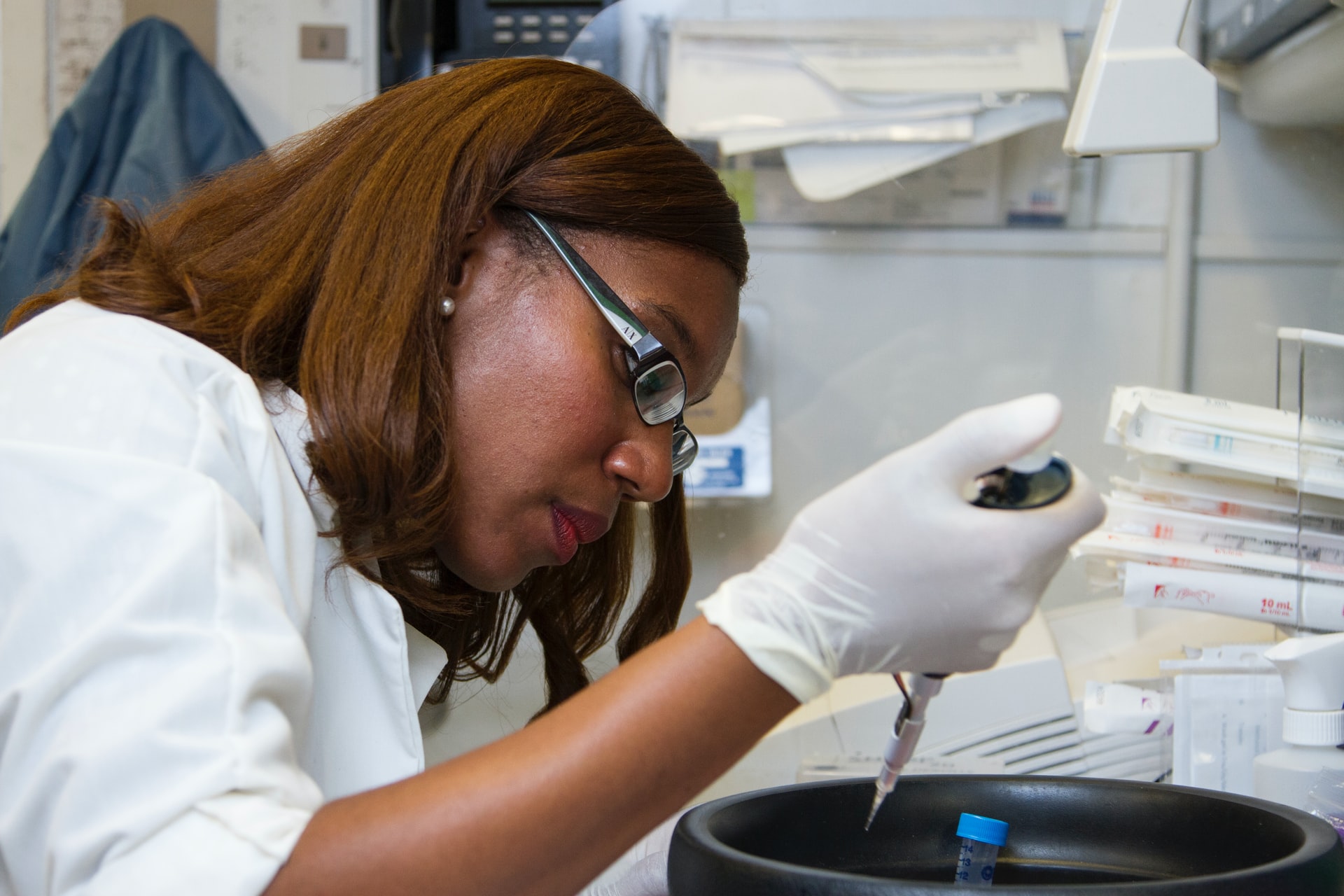
Is animal testing necessary?
Nowadays, more and more of us are starting to take a stance against animals cruelty, but is animal testing still necessary, and doesn’t this infringe and blur the line of animal cruelty. But how much do you really know on the matter, and let’s not trust PETA on the matter because they kill animals left, right, and center in their shelters.
Because let’s be honest, we live in a world of technology so, is animal testing really that important? So, without further ado, let’s dive deeper into the world of animal testing and why it might be necessary or not to humankind.
Meaning of animal testing
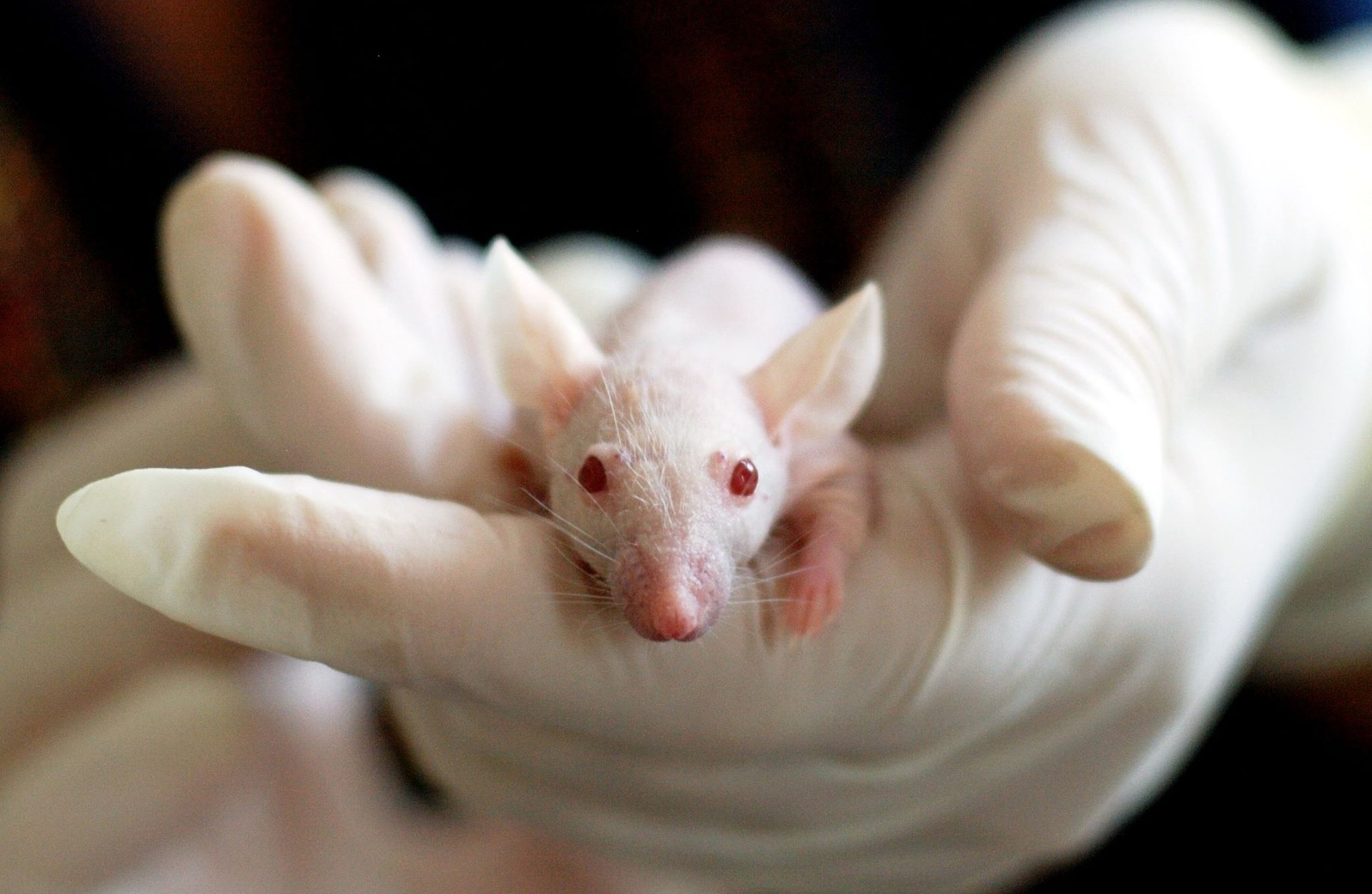
The terms animal testing has been in hot waters in recent years, and rightfully so. But what does it really means? It refers to procedures performed on living animals, which is done for research, fundamental biology and diseases. Animal testing is done to assess the effectiveness of new medicinal products, cosmetics or even food additives or house cleaners.
Even those “mild” procedures have devastating effects on the animals being tested as they may cause physical and psychological distress to them. It is sad to say that most of these animals are killed at the end of these experiments to end their sufferings, but some are kept and re-used for other experiences later down the line.
Statistics
A plethora of animals are used for animal testing, but some of the most popular ones are mice, guinea pigs, monkeys and even some farm animals. But this doesn’t end here; some common house pets like cats, dogs, hamsters or even fish are used for some of these experiments. It has been estimated that more than 115 million animals are used annual in laboratories, and they are used to test different types of products that may not all be for the advancement of humankind.
In the states alone, it is estimated that about 26 million animals are used annually for scientific and commercial testings. What is worse about this number is that 90% of animals used in laboratories in the US are excluded from official statistics; this means the number we currently have might be far from reality.
Pros of animal testings:
1. Similarity to humans
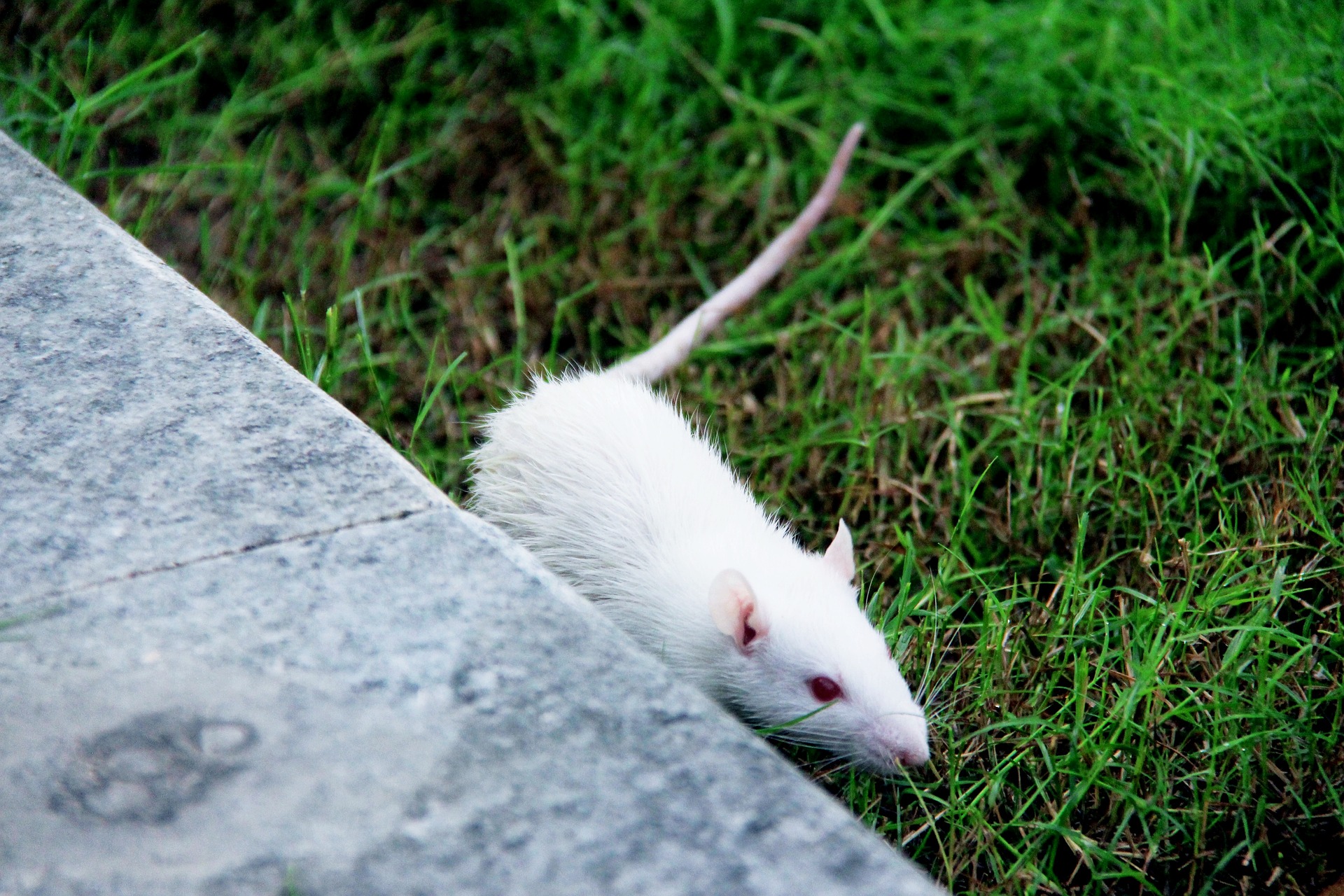
With the advance in science and modern molecular biology, we can now quantify precisely the extents to which humans resemble certain animals. This is all genetically speaking, of course. Our closest genetic cousins, chimpanzees, share 99% of our DNA, while mice and humans have a 98% similitude in some areas.
Scientifically speaking, all mammals have similar essential internal organs and can fall victim to the same kind of diseases. They can get widespread diseases like heart attacks or other heart diseases and various forms of cancer that the common human may get throughout their life.
This is why mice and chimpanzees are used for the testing of modern vaccines and medicine before they are tested on humans. The medical experiences done on them can directly lead to clinical trials that will be conducted on human beings.
2. It leads to the creation of life-saving vaccines and medications
Okay, firstly, go get your covid-19 vaccine, and if you are able to get a booster shot, please do so because this will make the disease less deadly and won’t put you at risk and won’t overburden hospitals either. But getting back to the point, thanks to animal testing, the creation of a Covid-19 vaccine was made possible, and it was made within months, and this is why we are thankful for animal testing.
Research on dogs and their livers lead to the creation of insulin in the early 20th century, and this helps numerous diabetic individuals today. Advances in medicine, especially HIV, cancer, brain trauma and even Leukemia was made possible thanks to animal testing.
Cons of animal testing:
1. Inhuman treatment
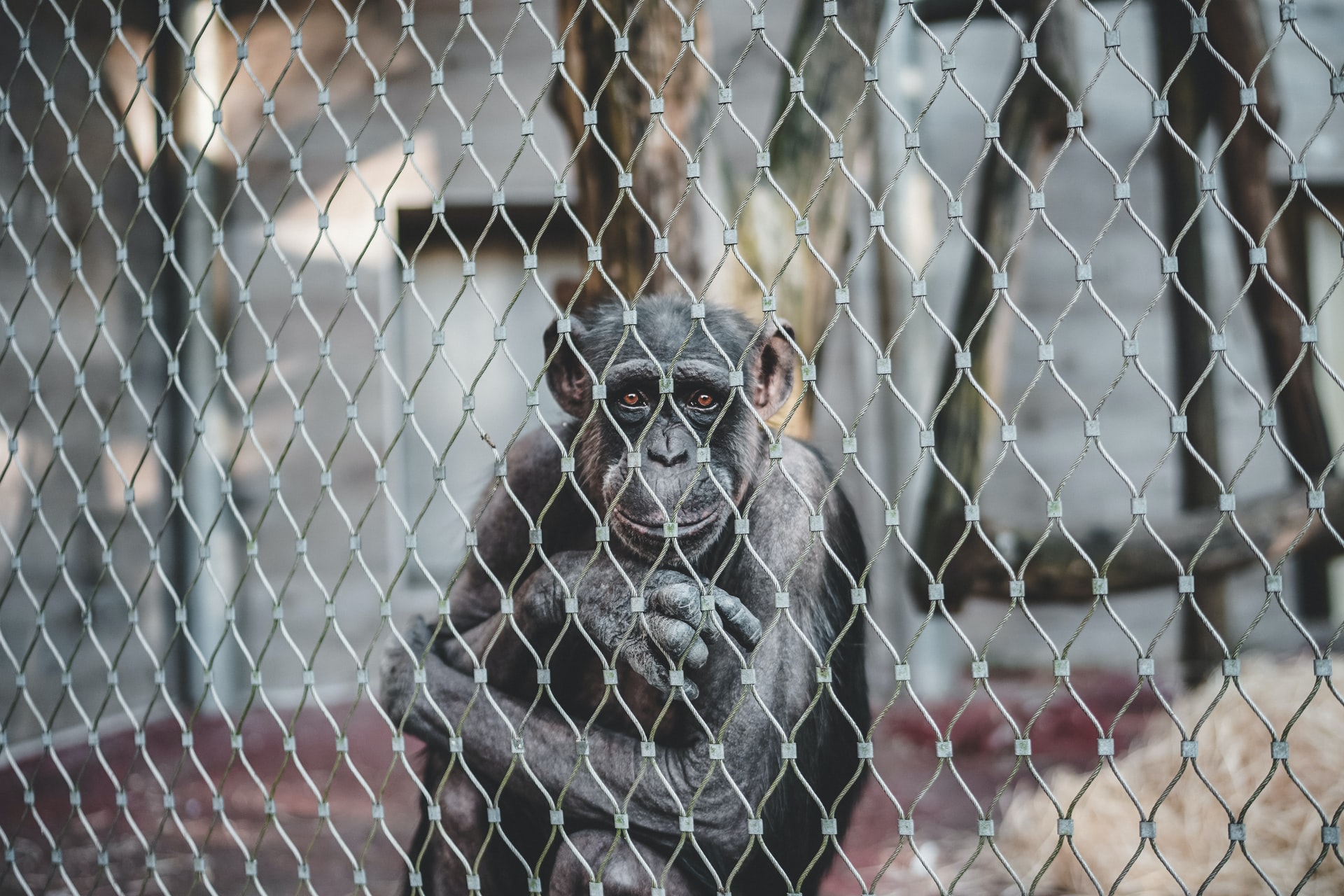
With most discussion around animal testing, the first thing that comes out is the inhumane treatment of animals during those experiments. Animals are routinely force-fed, deprived of water and food, burnt, physically restrained for prolonged periods and even forced to inhale noxious compounds.
It has also been reported that some of these animals have their necks broken or are even decapitated. These animals are born and bred to go through this atrocious condition, and millions of mice are bred each year to be tested on and later discarded or killed.
The US Department of Agriculture, in 2010, reported that more than 100 000 animals suffered excruciating pain during experimenter, and they weren’t administered any anesthesia. It is very common for the eyes of these animals to be held open with clips for hours and sometimes even days.
2. Lack of applicability
Even though tests are done on animals with similar organs and DNA as human beings, these experiments can’t be reliably extrapolated to humans. Some argue this is massive of resources and scientific energy. Unfortunately, the world of animal testing is rife with inconclusive experiments or even experiments that go nowhere.
Sound off in the comments section below and tell us your thoughts on animal testing.
You May Also Like

An Insight Into Poppers: Are they Safe to Use?
2022-05-18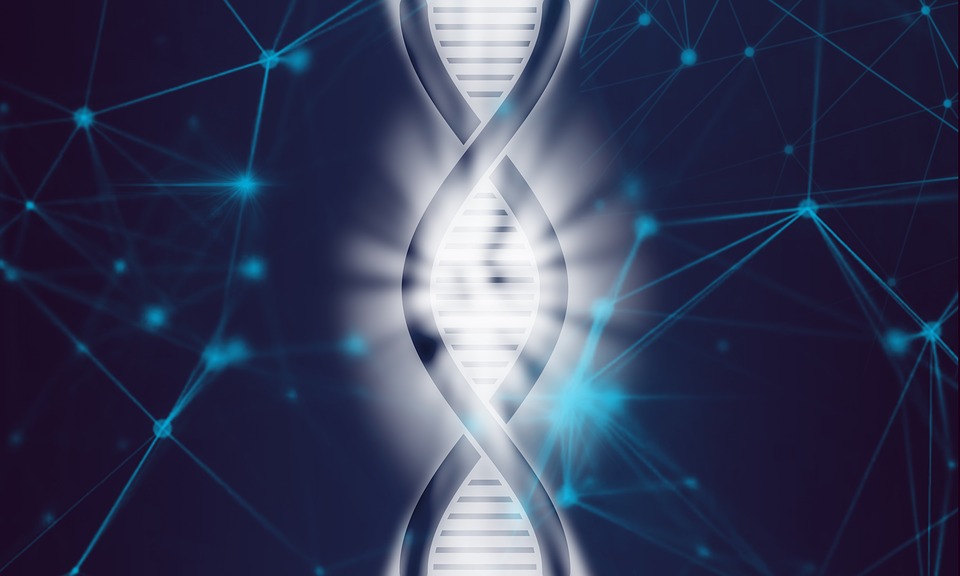
The Origin And Development Of Biochemistry
2021-11-30

